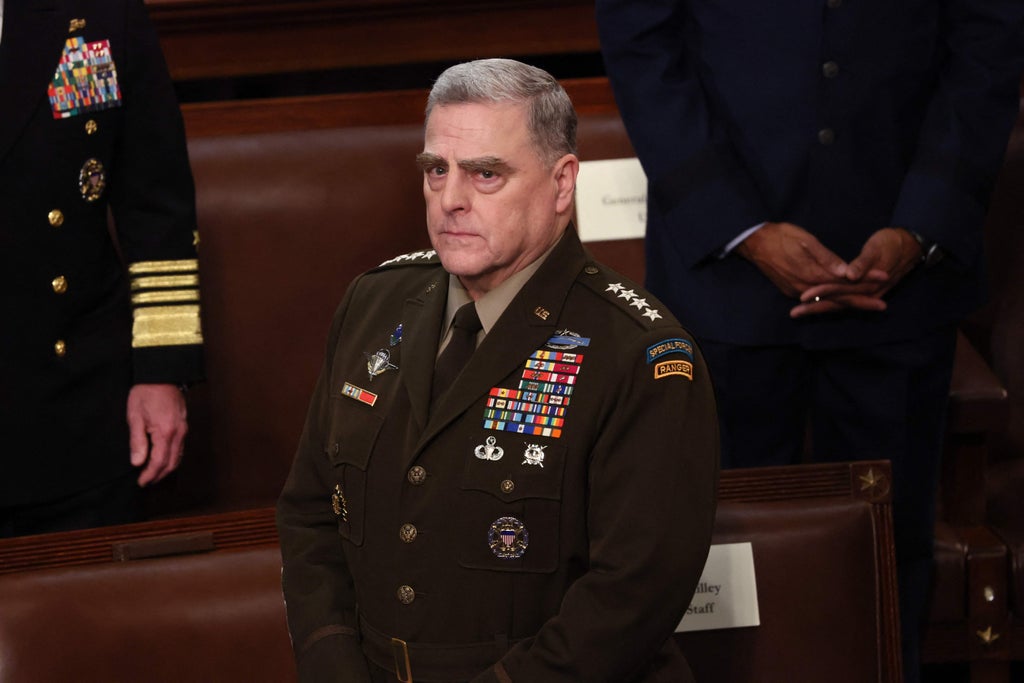
Lines of communication between top US Defense Department officials and their Russian counterparts have gone dark since Russia launched its unprovoked invasion of Ukraine last month, placing the world’s two nuclear superpowers in jeopardy of mischaracterising each other’s troop movements and drilling with potentially disastrous consequences.
According to the Washington Post, both General Mark Milley — the chairman of the Joint Chiefs of Staff — and Defense Secretary Lloyd Austin have repeatedly tried arranging conversations with their opposite numbers in Moscow, General Valery Gerasimov and defence minister Sergei Shoigu.
In a statement, Pentagon spokesperson John Kirby said neither Russian official had accepted the invitations and had instead “so far declined to engage”.
Though Washington and Moscow have established several official lines of communication for top officials, including the famous “hotline” that has been maintained since just after the Cuban Missile Crisis and a separate “warm line” linking the US State Department with the Russian foreign ministry, as well as so-called “deconfliction channels” intended to keep US and Russian forces from exchanging fire in crowded deployment areas, contact between top officials is considered important to prevent a small misunderstanding or mistake from escalating into a full-blown conflagration, particularly during times of high tension.
In the chaotic days following the 2020 election, Gen Milley has said he maintained contact with his Chinese counterpart on a regular basis to reassure Beijing that then-president Donald Trump was not going to order a strike on China in a fit of pique after losing to Joe Biden.
James Stavridis, a retired US Navy admiral who served as Nato’s Supreme Allied Commander from 2009 to 2013, told the Post a lack of contact between top defence officials creates “a high risk of escalation” because actions taken by combatants in the Russia-Ukraine conflict “can be misunderstood”.
“We must avoid a scenario of NATO and Russia sleepwalking into war because senior leaders can’t pick up a phone and explain to each other what is happening,” he said.
A lack of communications between Russian and Nato leaders during times of tension could potentially result in a nuclear war erupting from one side misreading the actions of the other.
In November 1983, an annual Nato exercise known as “Able Archer” resulted in Soviet officials bringing their nuclear forces to the highest alert level because they believed the drills were being used to mask preparations for a first strike by Nato.
Recently declassified documents released by the US State Department showed the Soviet Union responded to the exercise by implementing “military and intelligence activities that previously were seen only during actual crises”.
US and UK intelligence intercepts from the time period showed the Soviets as having loaded ready-to-drop nuclear munitions onto combat-ready aircraft.
In an “end of tour report” prepared for US Air Force officials, Lieutenant General Leonard Perroots — the assistant chief of staff for US Air Force intelligence during the 1983 exercise, wrote that Soviet forces had prepared for “immediate use of nuclear weapons” during the exercise, and noted that KGB officials had been advising Soviet authorities that they estimated the west was planning a surprise attack, calling the “war scare” a “potentially disastrous situation that never actually came to fruition”.







